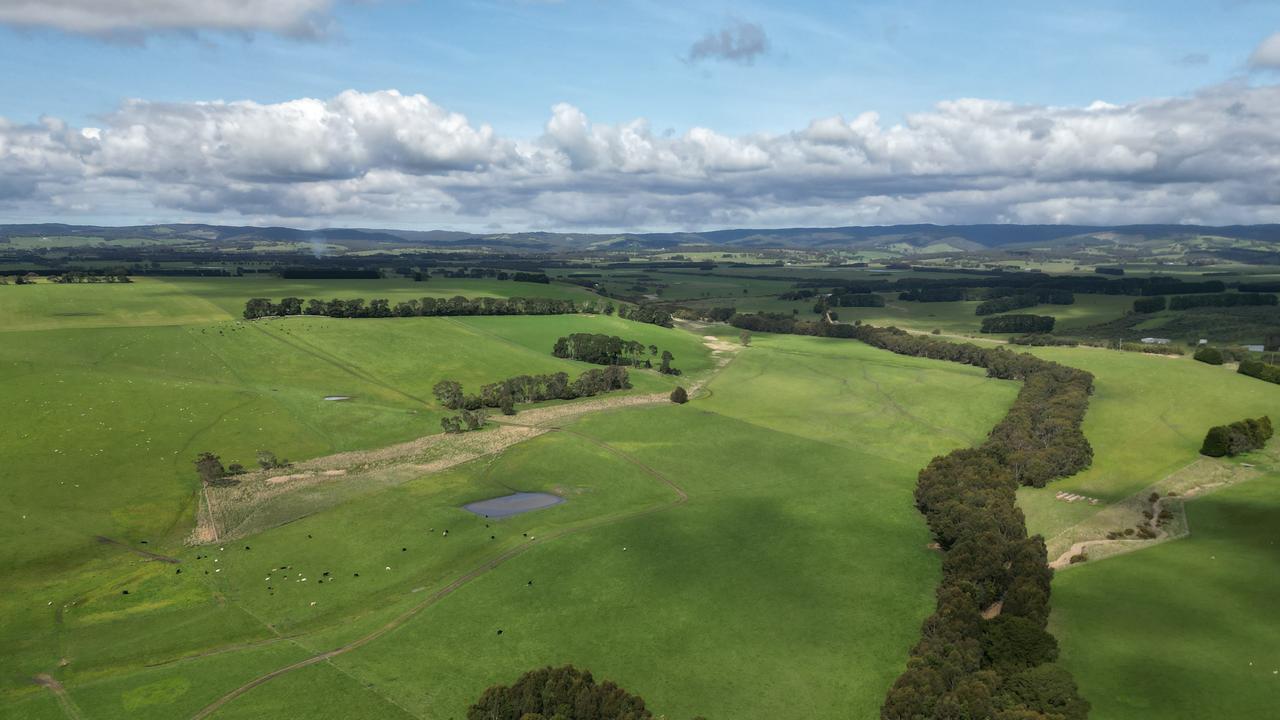David Goodfellow: CBRE agribusiness managing director joins The Australian Ag podcast 2022
Australia’s rural property market has entered uncharted territory in recent years with predicted bumper seasons keeping farm prices at a premium.

Bumper demand for Australia’s farmland is expected to continue with the nation’s booming agricultural cycle tipped to last for at least another 18 months.
Corporate and family buyers of farmland are continuing to acquire more hectares despite rising interest rates and increasing input costs, CBRE Australia agribusiness managing director David Goodfellow told the The Australian Ag podcast, out today.
“The demand for rural property is still continuing to grow and we’re seeing that with the increased land valuations, as well with the outlook for commodity prices still being reasonably optimistic and the seasonal conditions are very much in our favour,” Mr Goodfellow said.
“We see this cycle lasting until at least 2024 with the forecast for commodity prices and the most recent updates on weather all looking good.
“We also know that it’s going to take at least until the end of 2024 to rebuild our cattle numbers to anywhere near where they were before the drought.”
Mr Goodfellow said Australia had a cattle herd of about 29 million before the 2018-19 drought, with that number falling to 24 million by the end of the drought, but rising back to about 26 million now.

With livestock enterprises starting to see post-drought returns, Mr Goodfellow said he was expecting more cash to be injected into livestock property through the next phase of the cycle.
“Once a drought’s finished and we’re back to normal seasons, grain growers can put a crop in the ground in April or May. That crop can be harvested in November, and that family farming businesses can have cash in the bank by January,” he said.
“Livestock producers typically take about two-and-a-half years after a drought before they’ve got cash, whereas a grain producer can have cash within 12 months.
“So we’re starting to see livestock properties getting some cash around them right now and they’re starting to catch up in the marketplace.”
Mr Goodfellow also said tight supply of farms for sale across the country was likely to keep competition for land high.
“These are the times families have been dreaming about for a long time and a lot of farmers want to enjoy these great conditions,” he said.
“But at the same time those families who are not committed to staying in agriculture for another generation are taking the opportunity to sell now.
“We’re certainly seeing very strong competition at the moment, because the supply of farms on to the market is quite limited.
“When the opportunities do come up, it’s really about who’s got access to capital when a farm has come to market.”





